The Mystery of the Somerton Man
This is one of the unsolved cases which is as much as interesting as mysterious. This case is considered one of Australia's most profound mysteries.
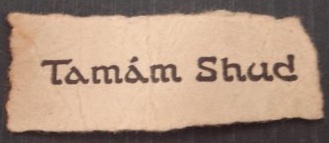
Overview
The case revolves around an unidentified man found dead at 6:30 am, 1 December 1948, on Somerton Beach, Glenelg, just south of Adelaide, South Australia.
It is named after the Persian phrase tamám shud, meaning ended or finished, printed on a scrap of paper found months later in the fob pocket of the man's trousers. The scrap had been torn from the final page of a copy of the Rubaiyat of Omar Khayyam, authored by 12th-century poet Omar Khayyám.
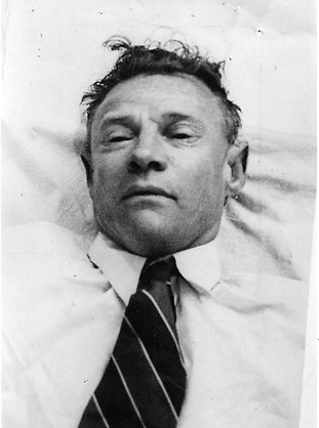
The death occurred at a time of heightened international tensions following the beginning of the Cold War. The apparent involvement of a secret code. The possible use of an undetectable poison and the inability of authorities to identify the dead man.
This all resulted in intense public interest and international attention.
Discovery
The man was found lying in the sand. He was lying back with his head resting against the seawall, with his legs extended and his feet crossed. It was believed that he had died while sleeping.
An unlit cigarette was on the right collar of his coat, and a search of his pockets revealed an unused second-class rail ticket from Adelaide to Henley Beach.
Autopsy Findings
The autopsy showed that the man's last meal was a pasty eaten three to four hours before death, but tests failed to reveal any foreign substance in the body.
Discovery of the Brown Suitcase
On 14 January 1949, staff at the Adelaide railway station discovered a brown suitcase with its label removed, which had been checked into the station cloakroom after 11:00 a.m. on 30 November 1948.
It was believed to belong to the man found on the beach and contained various items. In the case were
- A red checked dressing gown
- A size seven, red felt pair of slippers
- Four pairs of underpants
- Pyjamas
- Shaving items
- A light brown pair of trousers with sand in the cuffs
- An electrician's screwdriver
- A table knife cut down into a short sharp instrument
- A pair of scissors with sharpened points
- A small square of zinc thought to have been used as a protective sheath for the knife and scissors
- and A stencilling brush.
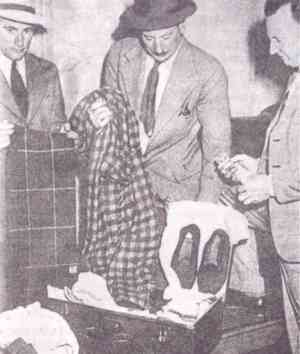
All identification marks on the clothes had been removed but police found the name T. Keane on a tie, Keane on a laundry bag and Kean (without the last e) on a vest, along with three dry-cleaning marks. Police believed this was purposely done knowing that Keane was not the dead man’s name as there was no record.
Mysterious Clues
Months later, a tiny piece of rolled-up paper with the words tamám Shud printed on it was found in a small pocket for a pocket watch sewn within the dead man's trouser pocket.
Public library officials called in to translate the text and identified it as a phrase meaning ended or finished found on the last page of the Rubaiyat of Omar Khayyam.
Encrypted Message
Following a public appeal by police, a copy of the Rubaiyat, from which the page had been torn was located.
On the inside back cover, detectives were able to read – in indentations in handwriting – a local telephone number, another unidentified number and a text that resembled an encrypted message.
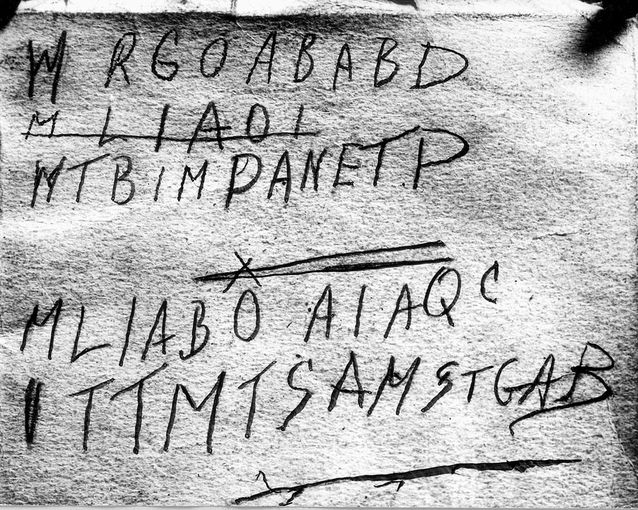
Despite efforts, the text has not been deciphered or interpreted in a way that satisfies authorities in the case. There is some uncertainty about the circumstances under which the book was found.
At the back of the book were faint indentations representing five lines of text, in capital letters. An unlisted telephone number was also found at the back of the book belonging to a nurse named Jessica Ellen "Jo" Thomson. Initially, the letters were thought to be words in a foreign language before it was realised it was a code.
Connection to Jessica Ellen Thomson
A nurse named Jessica Ellen Thomson was linked to the case as her phone number was found in the book. Thomson said that she did not know why the dead man would have her phone number and chose to visit her suburb on the night of his death.
Gerry Feltus who interviewed Thomson (2002) believed Thomson knew the Somerton man's identity. Thomson's daughter Kate, in a television interview (2014) with 60 Minutes, also said that she believed her mother knew the dead man.
Thomson denied knowing the dead man but admitted that while she was working at a hospital in Sydney during World War II, she owned a copy of the Rubaiyat, which she had given to an army lieutenant named Alf Boxall in 1945.
As a result of their conversations with Thomson, police suspected that Boxall was the dead man. However, in July 1949, he was found in Sydney and the final page of his copy of the Rubaiyat was intact, with the words tamám Shud still in place.
Spy Speculations
Due to the circumstances and historical context of his death, there has been persistent speculation that the dead man was a spy.
Unsolved Status
In 1949, the body of the unknown man was buried in Adelaide's West Terrace Cemetery.
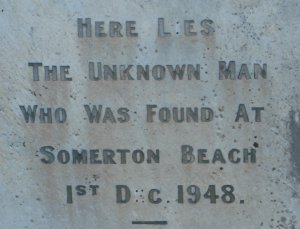
Years after the burial, flowers began appearing on the grave. Police questioned a woman seen leaving the cemetery but she claimed she knew nothing about the man.
The case remains unsolved despite numerous attempts by various parties, including military, intelligence and amateur code crackers, to crack the encrypted message.
With several evidence now destroyed including the brown briefcase and the witness statements disappeared from the records this case is still unsolved.
Legacy
The case has inspired many television shows, episodes, and references in books and novels. The Australian rock band "Tamam Shud" gets its name from this case.